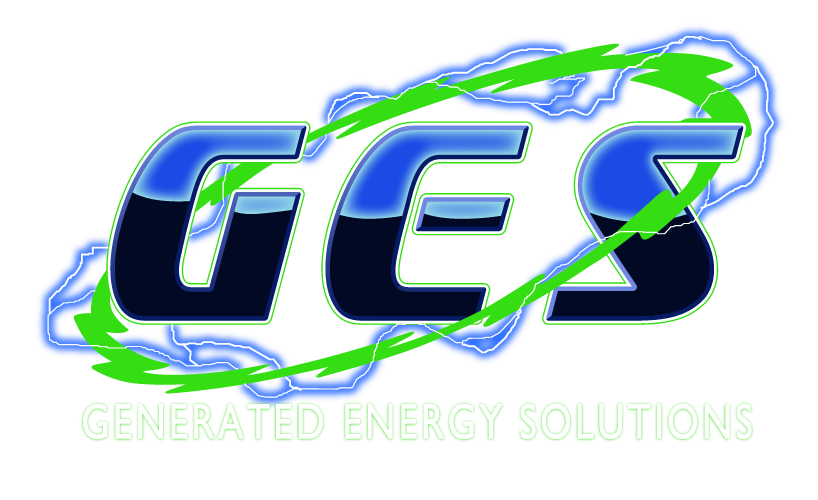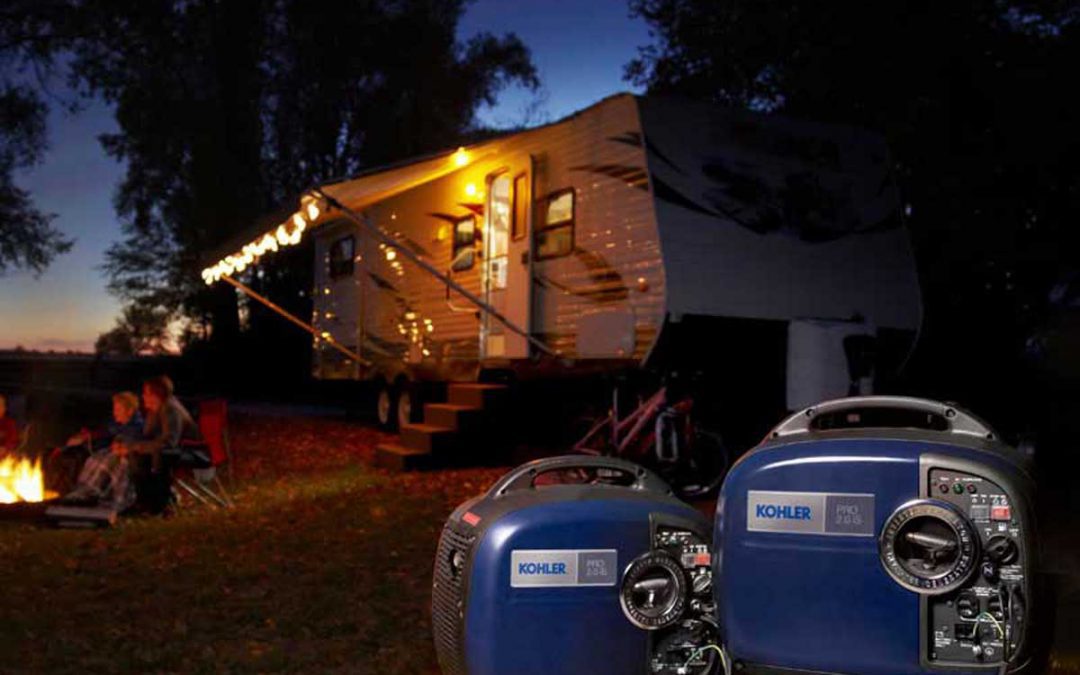Visit Kohler or call today for more information about your Kohler generator.
These beasts can back up your home in the midst of a power outage, power a campsite or weld a house without breaking a sweat. If you’re thinking of buying one, we’re sure you have questions. So, let’s break it down for you.
What is a portable generator?
Portable generators provide instant power virtually anywhere. So whether you’re camping in the great outdoors, tailgating before the big game, powering your job site, or adding back up power to your home, portable generators give you the power you need where you need it most.
And the best part, there’s no installation required. Just add some gas and plug in your items for instant power on the go.
How is a portable generator rated?
All portable generators have two power ratings: Continuous Power (aka Running Watts) and Maximum Power (aka Starting Watts).
Running Watts are what the generator can produce continuously while it’s running.
Starting Watts are what it can produce for a short time to help start motorized electrical tools like drill machines, circular saws, inflator pumps, nail guns, refrigerators, window air conditioners, etc.
What’s a Watt?
A ‘Watt’ (denoted with a capital ‘W’ after James Watt) is a unit of electrical energy. You can find Wattage estimates on the labels of your tools.
If you can’t find the wattage amount, don’t worry. All you need to know is the volts and amps of your product. To calculate the wattage, simply multiply volts X amps. So, a saw that operates on 110 volts and consumes 15 amps needs 1,650 Watts to run and requires a generator with a Continuous Power rating of at least 1.65 kW (1,650 Watts).
Find your perfect generator.
All you need to do is some good ol’ grade school math. First, list out all the items you want to power.
Find the item with the most Maximum Power (aka Starting Watts). Then add that number (2,500 W) to the Continuous Power (aka Running Watts) from all the other units (100 + 1,800 + 700). For this example, the total is 5,100 W. So you’ll need a generator with a Continuous Power rating of at least a 5.1 kW (5,100 W).
Note: Only equipment with electric motors requires more power to start than run.
If you’re looking for an estimate, contact us today.

